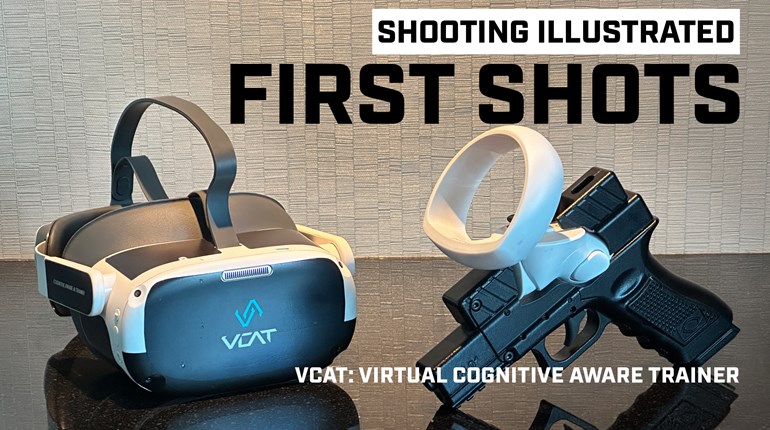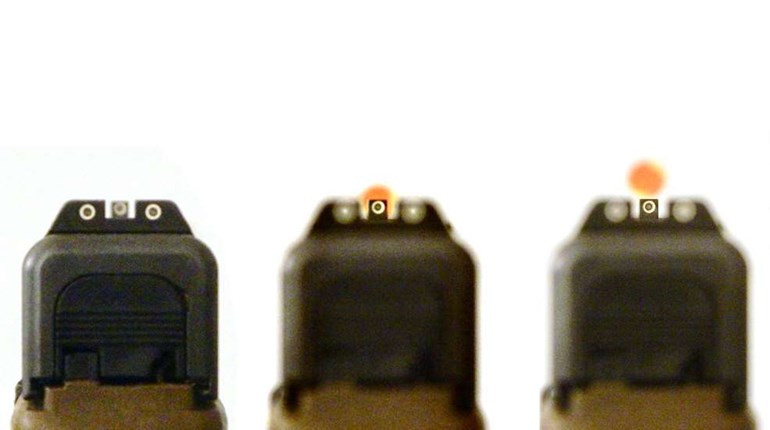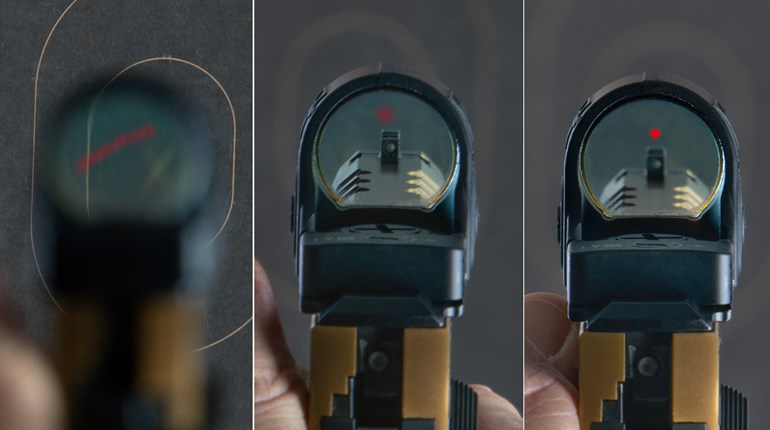
Over the past three decades as a service provider to the hard skills industry it’s been an honor to co-instruct with several top professional defensive tactics (DT) and firearms trainers. In my humble opinion one such noted trainer who is an adept in both the world of DT and small arms is Randy Cain of Cumberland Tactics out of Tennessee.
Randy, an accomplished martial artist, firearms subject matter expert and former law enforcement officer, travels the U.S. sharing his knowledge and wisdom with his students across America. Randy and I both work across the hard skills training spectrum and are often asked the same question “What is the best technique?” especially from those who actively train and learn from different instructors and sources.
As a subject matter expert in various disciplines, I’ve seen my fair share of techniques, some of which are useful and some not so much, but what makes a technique the best? According to Randy, with whom I fully concur, there are three core concepts he recommends one consider before adopting a technique. These concepts are, is there a need for the technique? Does it work for you? and does it effectively integrate into your existing system?
Need
The first thing to ask yourself is whether there is a need for the technique you are learning. In other words, will this technique help you in a real-life situation? For example, if you are learning a spinning jump kick, but you know that you will never use it in a self-defense situation, then there’s no point in spending the time and energy to master it.
When evaluating the need for a technique, it’s important to consider your personal situation. What are your goals as a practitioner? Are you training for competition, self-defense, or fitness? Depending on your goals the techniques you need to learn may vary. For example, if you are training for self-defense, you may need to focus on techniques that allow you to escape from grabs and chokes. If you are training for competition, you may need to focus on techniques that score points.
Additionally, you should consider the environment in which you are training. For example, if you are training in a gym with padded floors, you may be able to practice certain barefoot high-flying techniques, whereas if you are training on concrete or asphalt, you may want to focus on techniques wearing shoes and with less airtime.
Functionality
The second concept to consider when evaluating a technique is whether it works for you. Just because a technique works for your instructor or for other practitioners does not mean it will work for you. We all have different body types, strengths, weaknesses, and levels of flexibility. A technique that works for a tall, lanky fighter may not work for a shorter, stockier fighter and vice versa.
When evaluating whether a technique works for you, you should pay attention to how it feels when you practice it. Do you feel comfortable performing the technique? Does it flow naturally with your body type and movement? Can you execute it with speed and power? If a technique feels awkward or uncomfortable, it may not be the right one for you.
Integration
The third concept to consider is whether the technique effectively integrates into your existing system. We all have our preferred styles and techniques. Therefore, when learning a new technique, you need to ask yourself whether it fits into your overall strategy, methodology and approach.
For example, if you are primarily a striker you may need to focus on techniques that allow you to close the distance and clinch with your opponent. If you are primarily a grappler, you may need to focus on techniques that allow you to take your opponent down and control them on the ground.
You also should consider how the technique fits into your personal philosophy and approach for example if you believe in the concept of using minimal force to achieve maximum effect, you may need to focus on techniques that allow you to use leverage and timing rather than brute strength.
You may want to further consider whether a technique complements or contradicts your currently adopted techniques. Will it fit seamlessly into your existing system, or will it require significant adjustments to your overall strategy and approach? Will it enhance your strengths, or will it expose your weaknesses?
Ultimately, if a technique does not effectively integrate into your existing system, it may not be the best choice for you, even if it meets the other two criteria.
When evaluating a new technique, senior firearms instructor Randy Cain recommends you ask yourself three questions: Is there a need for the technique? Does it work for you? Does it effectively integrate into your existing system? If the answer is no to any of these questions then the technique may not be the best choice for you.
We are all unique, with different goals, strengths, and philosophies. What works for one person may not work for another. It’s important to take the time to evaluate new techniques carefully and determine whether they are the right fit for you before adding them to your repertoire.
The best technique is not necessarily the most flashy or complex one. It’s the one that allows you to achieve your goals and stay true to your own performance objectives.




































